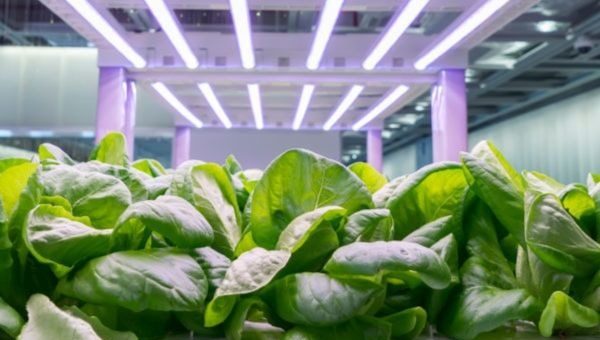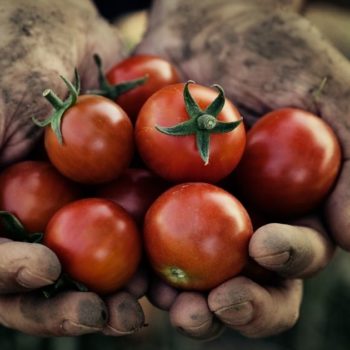
How Hydroponics Work
How Hydroponics Work: Learn the Basics
Become a better hydroponic grower with these tips and tricks
Hydroponic gardening is a way of growing plants without any soil. This may sound futuristic, but it has actually been around for an extremely long time – hydroponic gardening has its roots (pardon the pun) back to when the ancient Babylonians planted the Hanging Gardens of Babylon. Here’s how it works:
Hydroponic gardeners nurture their plants with a nutrient-rich watering system. The plants are suspended in, flooded or misted with water and the nutrients that the plants need are simply dissolved into that water.
Plants that grow in soil spend a lot of their energy growing strong roots so they can get all the nutrients they need. In hydroponic systems, the nutrients are right there in the water for them. As the plants don’t need to focus so much of their energy on growing roots, you will get a better yield because they transfer that energy into leaf and stem growth.
Why Grow Plants Hydroponically?
There are a ton of benefits to hydroponic gardening: The lack of soil eliminates many pest and disease problems; you can grow plants all year round; and as hydroponic plants have smaller roots, you can grow plants in a limited space.
The planet will also thank you, as hydroponic gardening requires less space and just ten percent of the water that traditional soil-based gardening does. It also reduces or eliminates the need for pesticides.
Hydroponic Gardening Step 1: Choose What to Grow
You’re ready to get started? Then begin with the easy stuff! The easiest plants to grow at home are herbs and salad greens, like lettuce and spinach. Once you’ve mastered these, you can move on to strawberries, cucumbers, tomatoes and peppers.
Hydroponic Gardening Step 2: Choose your Hydroponic Set-Up
There are a number of hydroponic systems to consider:
- Ebb and Flow Systems require a growing medium that provides stability for your plants’ roots. This is a great hydroponic set-up for small plants like herbs.
- Nutrient Film Technique (NFT) doesn’t require a growing medium. This is a great option for plants with larger root systems, like tomatoes and cucumbers.
- Drip Systems use drippers that are able to feed each plant individually with water and nutrient solution. Drip systems can be set up as recirculating systems and are ideally suited for smaller and larger plants, such as tomatoes.
- Aeroponics requires no growth medium. A pump sprays a fine mist onto the plant and root. It isn’t a good idea for the novice gardener, as it can be tricky to manage.
- Wick Systems are medium-based systems where a nylon rope is placed at the base of each root. The ropes absorb the water and nutrients, wicking them up to the plant’s roots. No pumps are used, which makes it a cheap system to set up, but it also makes it difficult to monitor or adjust the nutrient flow.
Hydroponic Gardening Step 3: Choose your Lighting
When it comes to choosing your lighting, consider what type of plants you want to grow. If you want to grow leafy vegetables, opt for Metal Halides (MH) lighting. If you’re interested in growing fruits or flowering plants, go for High-Pressure Sodium (HPS) lights.
Hydroponic Gardening Step 4: Choose your Growing Medium
It is possible to cultivate a beautiful hydroponic garden without using a growing medium, but if you’re using a system that requires one, check out rock wool – it’s affordable and provides easy drainage. Coco, perlite and vermiculite are also good choices.
Hydroponic Gardening Step 5: Choose your Nutrient Solution
Getting the nutrient solution right for the plants your growing is vital. Liquid nutrients work well in smaller systems, while powdered nutrients are a little more complicated and are best for larger hydroponic set-ups.
Here’s a video on how to create a simple hydroponic garden at home:
And if you really want to score some extra points as a hydroponic gardener, use a horticultural enzyme formula like Hygrozyme. This blend of beneficial enzymes ensures a cleaner root zone and a faster break-down of dead root matter—which means happier, healthier hydroponic plants for you!
- On November 28, 2019




